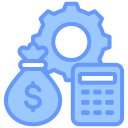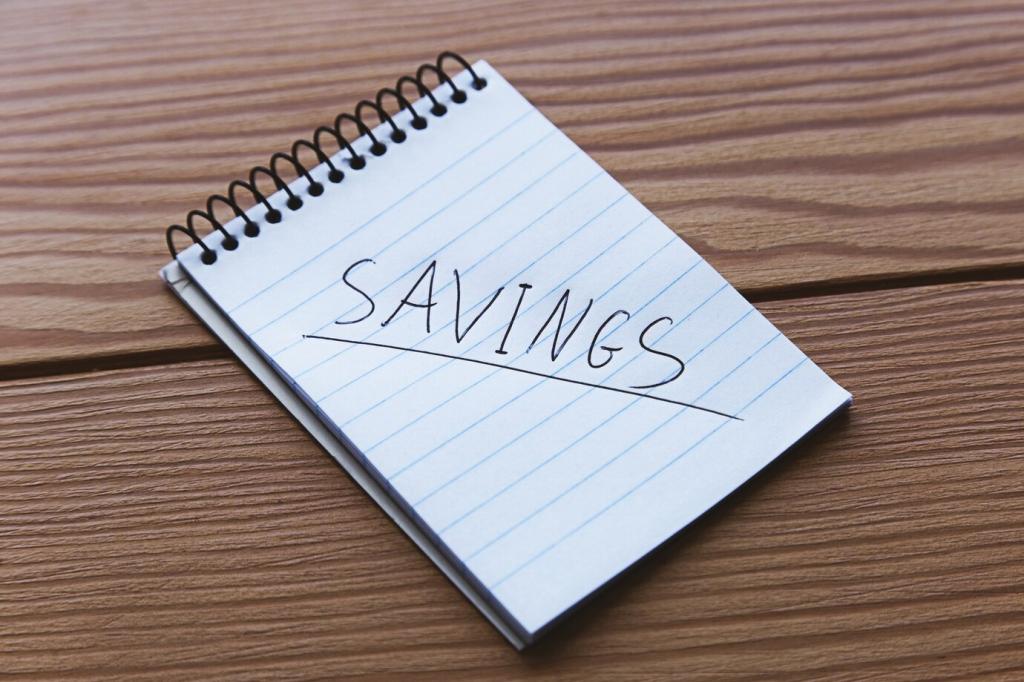What You Pay For in Paid Apps
Bank syncing, rule-based categorization, and real-time alerts reduce friction. When transactions flow in automatically, you spend your energy making decisions, not copying numbers. This can be pivotal for busy professionals, freelancers, or parents who need budgeting to bend around life rather than demand constant attention.
What You Pay For in Paid Apps
Paid tools frequently deliver responsive help, regular bug fixes, and thoughtful feature improvements. That ongoing care can matter when your budget is mission-critical. If a feature breaks before rent is due, having support on call can be worth more than the monthly fee, especially during high-stress money moments.









